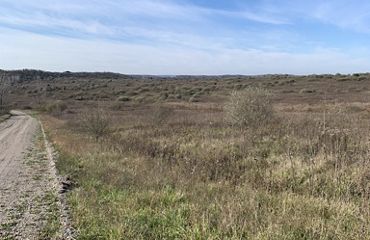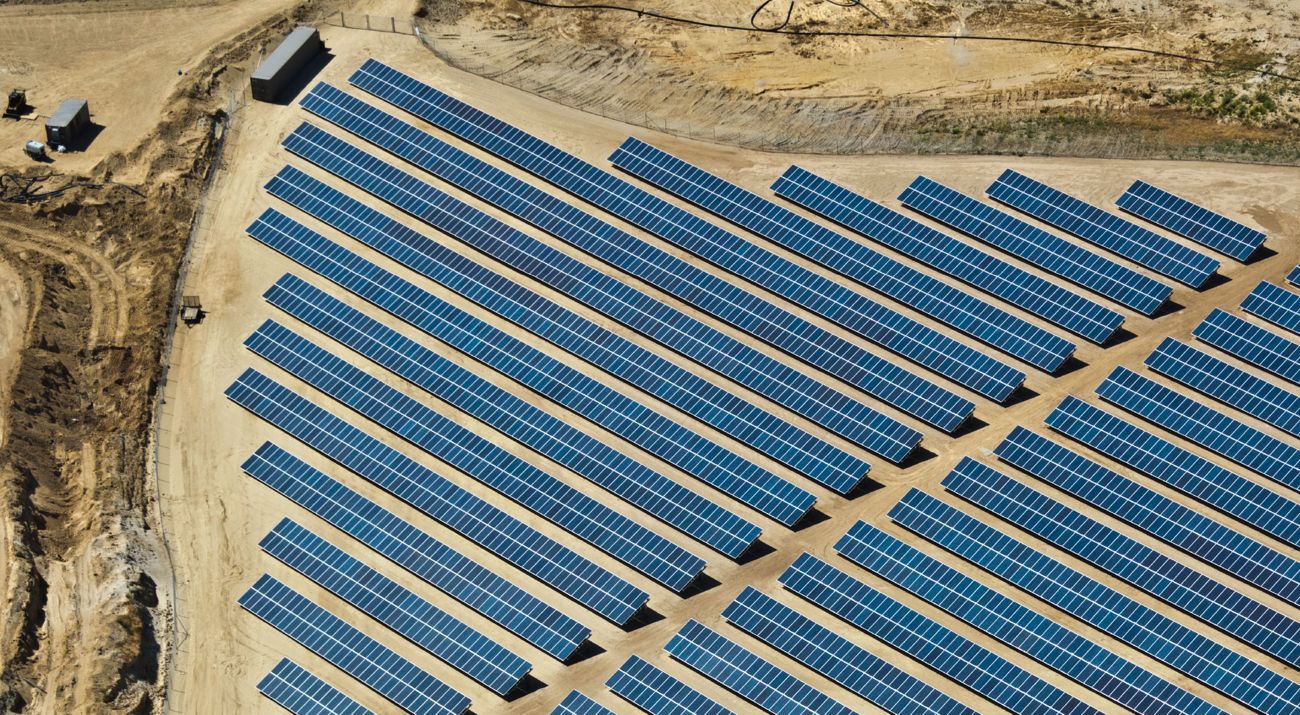Lowering Barriers to Developing Renewable Energy on Former Mines and Brownfields Can Benefit Ohioans
New Mining the Sun report from TNC offers resources to reduce costs to building renewable energy on mines and other industrial lands.
Media Contacts
-
Rebecca Mellino
Climate and Energy Policy Associate
The Nature Conservancy in Ohio
Phone: (380) 206-2208
Email: rebecca.mellino@tnc.org
Renewable energy development on former mines, industrial sites and other brownfields can meet a substantial portion of the United States’ energy needs. But there are many barriers to this type of development, such as the cost of making it happen.
A new report from The Nature Conservancy (TNC), called Mining the Sun, offers guidance and policy recommendations to address these barriers in a way that will benefit nature and local economies. It also summarizes new federal incentives available to build on brownfields. The report is timely because many Ohio businesses have made ambitious commitments to reducing their carbon footprint and will need to increase their use of renewable energy to meet those targets. It also means job creation and economic growth for our communities.
Siting on former mines and other industrialized areas can be a way for renewable projects to be completed faster and with lower community conflict. Across the U.S., there are up to 20 million acres of mine lands and brownfields suitable for new renewable energy projects, enough to meet the energy needs of most U.S. homes each year.
The Mining the Sun report finds that there are over 567,000 acres of mine lands in Ohio with access to transmission lines that are potentially suitable for renewable energy development. Another 50,000 acres of brownfield sites throughout the state present opportunities for both community and utility-scale solar projects. That means ample opportunity to site renewable energy projects on vacant lands, protecting the state’s strong agricultural heritage and critical natural areas by prioritizing siting on already degraded lands.
“Between significant business demand, financial incentives available through the Inflation Reduction Act and strong public support for renewable energy, Ohio is incredibly well positioned to increase the development of clean, renewable energy we need in our state,” said Rebecca Mellino, climate and energy policy associate for The Nature Conservancy in Ohio.
Quote: Rebecca Mellino

Ohio is incredibly well positioned to increase the development of clean, renewable energy we need in our state.
“These sites are often already cleared and graded, and frequently have electric lines and other infrastructure that make the area suitable to build,” says Nels Johnson, TNC senior practice advisor of renewable energy deployment and lead author of the Mining the Sun report. “They also provide a new, productive use to mines that have closed and can provide tax revenue to the local community. Siting renewables on former industrial sites holds great promise for the energy transition.”
Despite these advantages, nationwide there are only 500 wind and solar projects located on brownfields. And most of them are small. Due to a host of factors—the cost of cleaning up potential contamination, legal and liability risks and ownership complexities—these sites have largely been avoided as a renewable energy resource.
Mining the Sun lays out the state and federal incentives that have transformed brownfields renewables into an economically viable proposition. The Inflation Reduction Act voted into law in 2022, for example, includes a 10% tax credit to site renewable energy installations on brownfields, along with $250 billion to repurpose old coal and oil infrastructure for renewable energy. The Infrastructure Investment and Jobs Act passed in 2021 provides $500 million for large-scale wind and solar demonstration projects on former mine lands. Grant opportunities such as the Abandoned Mine Land program and the U.S. Environmental Protection Agency’s Brownfield Program can further reduce the cost of building on former industrial lands.
In addition to Ohio, the report offers an in-depth analysis of brownfields renewable development potential in eight other states: Illinois, Indiana, Kentucky, Nevada, North Dakota, West Virginia, Wyoming and Virginia. Together, these states represent the country’s spectrum of mine land and brownfield conditions, including hardrock mines, coal mines and former industrial zones and landfills.
“The United States cannot meet its energy and climate goals without the rapid deployment of large-scale solar installations,” says Johnson. “Renewable energy development on mine lands is not a silver bullet, but it is an exceptionally promising avenue to produce renewable energy in a way that respects communities and local landscapes. We encourage renewable energy developers, electric utilities, policymakers and regulators to read the report to learn more about the opportunities to site renewable energy on mines and brownfields in their communities.”
The Nature Conservancy is a global conservation organization dedicated to conserving the lands and waters on which all life depends. Guided by science, we create innovative, on-the-ground solutions to our world’s toughest challenges so that nature and people can thrive together. We are tackling climate change, conserving lands, waters and oceans at an unprecedented scale, providing food and water sustainably and helping make cities more resilient. The Nature Conservancy is working to make a lasting difference around the world in 81 countries and territories (40 by direct conservation impact and 41 through partners) through a collaborative approach that engages local communities, governments, the private sector, and other partners. To learn more, visit nature.org or follow @nature_press on X.
